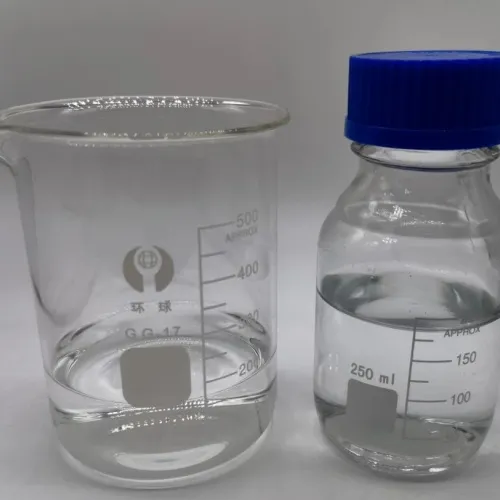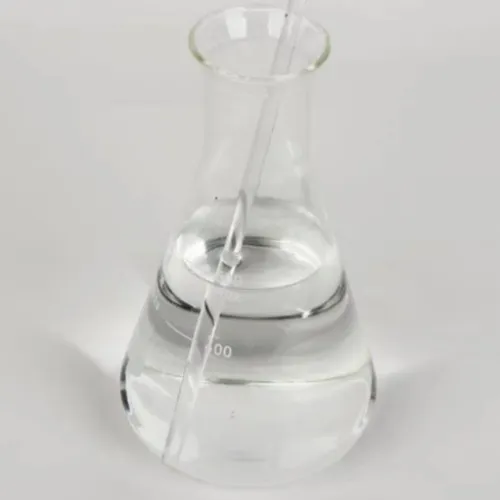Warning: Undefined array key "file" in /home/www/wwwroot/HTML/www.exportstart.com/wp-content/themes/1198/header.php on line 7
Warning: Undefined array key "title" in /home/www/wwwroot/HTML/www.exportstart.com/wp-content/themes/1198/header.php on line 7
Warning: Undefined array key "title" in /home/www/wwwroot/HTML/www.exportstart.com/wp-content/themes/1198/header.php on line 7
- Neeg African
- Albanian
- Amharic
- Arabic
- Armenian
- Azerbaijani
- Basque
- Belarusian
- Bengali
- Bosnian
- Bulgarian
- Catalan
- Cebuano
- Tuam Tshoj
- Tuam Tshoj (Taiwan)
- Corsican
- Croatian
- Czech
- Danish
- Dutch
- Lus Askiv
- Esperanto
- Estonian
- Finnish
- Fabkis
- Frisian
- Galician
- Georgian
- German
- Greek
- Gujarati
- Haitian Creole
- haus
- hawaiian
- Hebrew
- Tsis yog
- Miao
- Hungarian
- Icelandic
- ib igbo
- Indonesian
- irish
- Italian
- Nyiv
- Javanese
- Kannada
- kazakh
- Khmer
- Rwandan
- Kauslim
- Kurdish
- Kyrgyz
- TB
- Latin
- Latvian
- Lithuanian
- Luxembourgish
- Macedonian
- Malgashi
- Malay
- Malayalam
- Maltese
- Maori
- Marathi
- Mongolian
- Myanmar
- Nepali
- Norwegian
- Norwegian
- Occitan
- Pashto
- Persian
- Polish
- Portuguese
- Punjabi
- Romanian
- Lavxias
- Samoan
- Scottish Gaelic
- Serbian
- Lus Askiv
- Shona
- Sindhi
- Sinhala
- Slovak
- Slovenian
- Somali
- Spanish
- Sundanese
- Swahili
- Swedish
- Tagalog
- Tajik
- Tamil
- Tatar
- Telugu
- Thaib
- Turkish
- Turkmen
- Ukrainian
- Urdu
- Uighur
- Uzbek
- Nyab Laj
- Welsh
- Pab
- Yiddish
- Yoruba
- Zulu
Epichlorohydrin
Epichlorohydrin is an organic compound with the chemical formula c3h5clo. It is a colorless liquid with an odor similar to chloroform. It is an important raw material and intermediate for organic synthesis. It can be used to produce epoxy resin and as diluent of epoxy resin. It is also used to manufacture glycerin, nitroglycerin explosives, glass fiber reinforced plastics, glyceryl methacrylate, chlorohydrin rubber, glycidyl derivatives, surfactants, electrical insulation products, etc. It is also a common raw material for manufacturing a variety of adhesives, pharmaceuticals, pesticides, plasticizers and ion exchange resins. As well as solvents for adhesives, coatings, paints, Rubbers, resins, cellulose esters and cellulose ethers. It is toxic, belonging to medium toxicity. Animal experiments have proved that it has potential carcinogenic effect. Long term exposure should be avoided.
Cov khoom tso saib
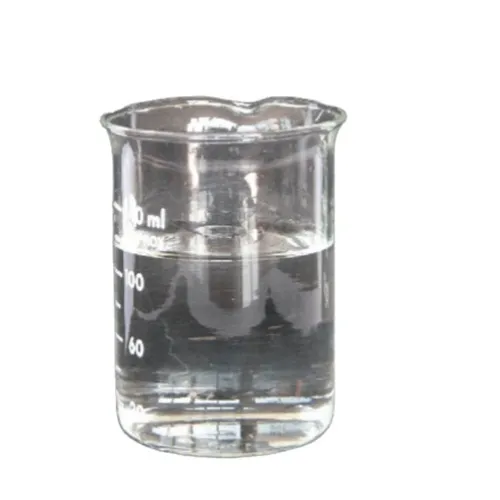
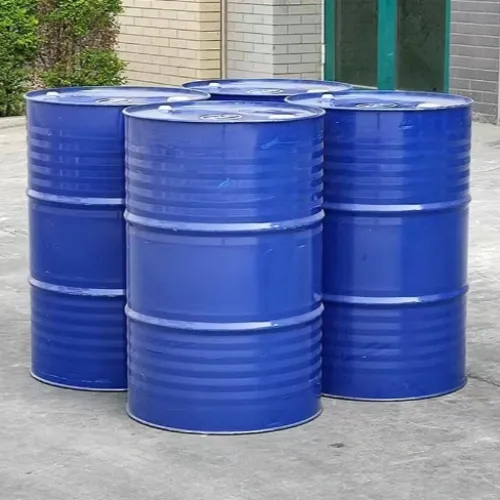
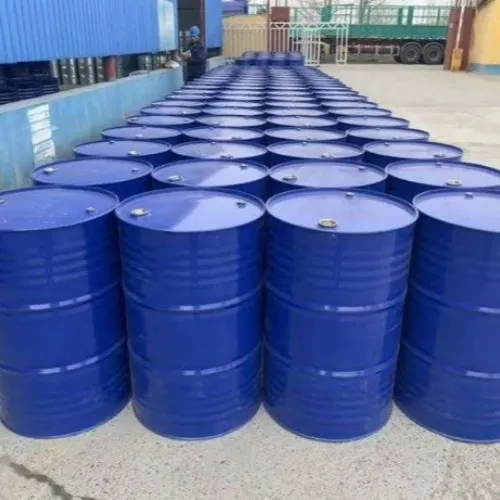
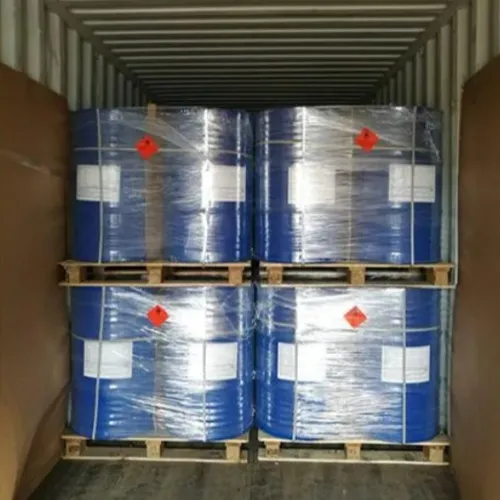
Leakage emergency treatment
Evacuate the personnel from the leakage contaminated area to the safe area, prohibit irrelevant personnel from entering the contaminated area, and cut off the fire source. Emergency treatment personnel shall wear self-contained breathing apparatus and protective clothing. Do not directly contact the leakage, and stop the leakage without ensuring safety. Spray mist reduces evaporation. Mix and absorb with sand or other non combustible adsorbents, and then collect and transport them to the waste treatment site. If there is a large amount of leakage, it shall be collected by the dike, and then discarded after collection, transfer, recycling or harmless treatment.
Protective measures
Respiratory system protection: wear a mask respirator when the concentration in the air exceeds the standard. In case of emergency rescue or evacuation, it is recommended to wear self-contained breathing apparatus. Eye protection: wear chemical safety glasses. Protective clothing: wear tight sleeved work clothes and long rubber shoes. Hand protection: wear chemical resistant gloves. Others: shower and change clothes after work. Keep good hygiene habits. Prevent skin and mucous membrane damage.
|
Melting point |
-25.6 ºC |
|
Boiling point |
116.11 ºC(101.3 kPa) |
|
UN NO. |
2023 |
|
Density |
1.18 g/cm³ |
|
Qhov tshwm sim |
colorless liquid with smell similar to chloroform |
|
Daim ntawv thov |
important organic synthetic raw materials and intermediates |
|
Water solubility |
6.58% (WT) |
|
Molecular weight |
92.5 |
[Use 1]
As a raw material for organic synthesis, it is also used as a solvent, plasticizer, surfactant, etc
[Use 2]
As an organic solvent
[Use 3 ]
It is mainly used for the preparation of glycerol, epoxy resin, chlorol rubber, polyether polyol, and is an important raw material for the production of glycerol and glycidyl derivatives, and is also used as a solvent
[Use 4 ]
Epichlorohydrin is an intermediate in the rodenticide ratamphor, as well as in epoxy resins, synthetic glycerin, and other chemical products.
[Use 5 ]
Epichlorohydrin is a synthetic glycerin intermediate, and is also the main raw material of epoxy resin, nitroglycerin explosive, glass fiber reinforced plastic and electrical insulation products. It is also used as a mixture of cellulose ester, resin and cellulose ether. It is also a raw material for the production of surfactants, pharmaceuticals, pesticides, coatings, adhesives, ion exchange resins, plasticizers, glycerol derivatives, glycidyl derivatives and chlorol rubber. All kinds of epoxy resins made from epichlorohydrin and bisphenol A have the characteristics of high adhesion, little shrinkage, chemical corrosion resistance and good stability, and are widely used as coatings, adhesives, reinforcing materials and casting materials. The chlorohydrin rubber produced from epichlorohydrin is a new variety of rubber, which is not easy to expand in general oil and common solvent, has greater flexibility in the presence of plasticizer at low temperature, and has some unique functions better than nitrile, chloroprene and butyl rubber.
[Use 6]
Raw materials for organic synthesis; Organic solvent (resin, gum, cellulose ether, etc.); Also used as plasticizer, surfactant and so on.
Peb muaj ntau lub Hoobkas zoo nrog kev koom tes sib sib zog nqus, uas tuaj yeem muab koj cov khoom zoo thiab cov nqi sib tw. Thiab peb tseem tuaj yeem muab cov luv nqi rau kev yuav khoom ntau.Thiab peb koom tes nrog ntau lub tuam txhab xa khoom xa tuaj, tuaj yeem xa cov khoom lag luam kom nyab xeeb thiab ntseeg nkaws rau koj txhais tes. Lub sij hawm xa tuaj yog li 3-20 hnub tom qab tau txais kev pom zoo ntawm kev them nyiaj.
| Txuj | GB/T 14491-2015 | License No. | QB015-02611 | |
|
Items
|
Index | Qualified |
||
| Superior product | Ualified products | |||
Qhov tshwm sim |
Transparent liquid, no visible mechanical impurities | Qualified |
||
| Epichlorohydrin % ≥ | 99.95 | 99.8 | 99.99 | |
| Color(Pt-Co) ≤ | 5 | 10 | 5 | |
| Acidity (calculated by acetic acid),% ≤ | 0.003 | 0.006 | 0.002 | |
| Moisture,W/% ≤ | 0.020 | 0.050 | 0.011 | |
| (acetaldehyde +propionaldehyde),% ≤ | 0.005 | 0.020 | 0.002 | |
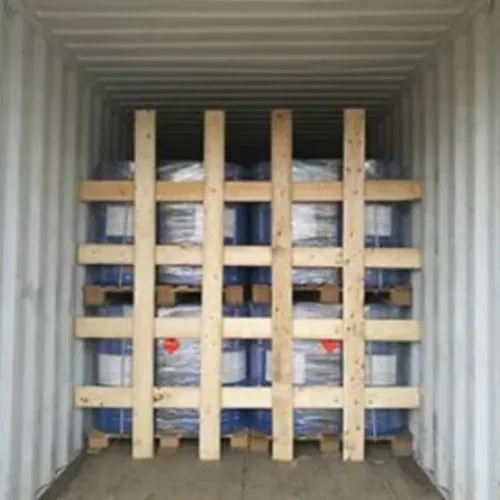
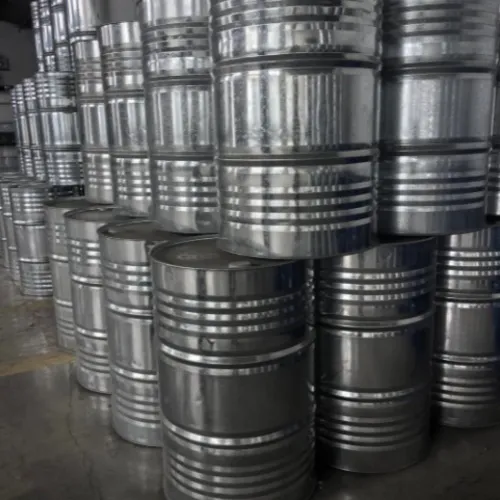

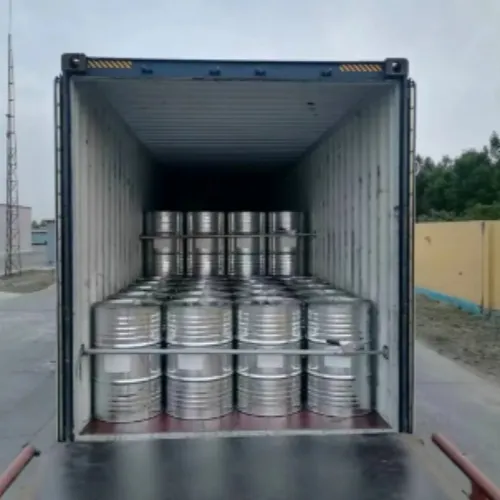
Product Application
1.It is mainly used in the production of epoxy resin, synthetic glycerol, chloroalcohol rubber, nitroglycerine explosive, glass
steel and electrical insulation products.
2.Widely used in chemical industry, light industry, transportation, medicine, electronics and other fields.
3.It can be used as raw material for solvent cellulose ester, resin, cellulose ether and plasticizer, stabilizer, surfactant chloroprene rubber.
Cov khoom qeb
-
 Apr . 27, 2025Zibo will host the 2025 International Chemical ExpoZibo, a city known for its thriving chemical industry, will host the 2025 Zibo International Chemical Expo from May 16 to May 18, 2025. This highly anticipated event aims to bring together industry leaders, innovators and stakeholders from around the world to explore the latest advancements and trends in the chemical industry.
Apr . 27, 2025Zibo will host the 2025 International Chemical ExpoZibo, a city known for its thriving chemical industry, will host the 2025 Zibo International Chemical Expo from May 16 to May 18, 2025. This highly anticipated event aims to bring together industry leaders, innovators and stakeholders from around the world to explore the latest advancements and trends in the chemical industry. -
 Apr . 22, 20252025 Yokohama Cosmetics Raw Materials and Technology ExhibitionYOKOHAMA, Japan – The City of Yokohama is preparing to host the much-anticipated Cosmetics Ingredients & Technologies 2025 from May 14 to May 16, 2025. The premier event is expected to attract industry professionals, innovators and enthusiasts from around the world to showcase the latest advancements in cosmetic ingredients and technologies.
Apr . 22, 20252025 Yokohama Cosmetics Raw Materials and Technology ExhibitionYOKOHAMA, Japan – The City of Yokohama is preparing to host the much-anticipated Cosmetics Ingredients & Technologies 2025 from May 14 to May 16, 2025. The premier event is expected to attract industry professionals, innovators and enthusiasts from around the world to showcase the latest advancements in cosmetic ingredients and technologies. -
 Apr . 18, 20252025 India Mumbai Fine Chemicals ExhibitionMUMBAI, India – The bustling metropolis of Mumbai is gearing up to host the much-anticipated Fine Chemicals Expo on April 29-30, 2025. The premier event is expected to attract industry leaders, innovators and stakeholders from across the world to showcase the latest advancements in the fine chemicals sector.
Apr . 18, 20252025 India Mumbai Fine Chemicals ExhibitionMUMBAI, India – The bustling metropolis of Mumbai is gearing up to host the much-anticipated Fine Chemicals Expo on April 29-30, 2025. The premier event is expected to attract industry leaders, innovators and stakeholders from across the world to showcase the latest advancements in the fine chemicals sector.



